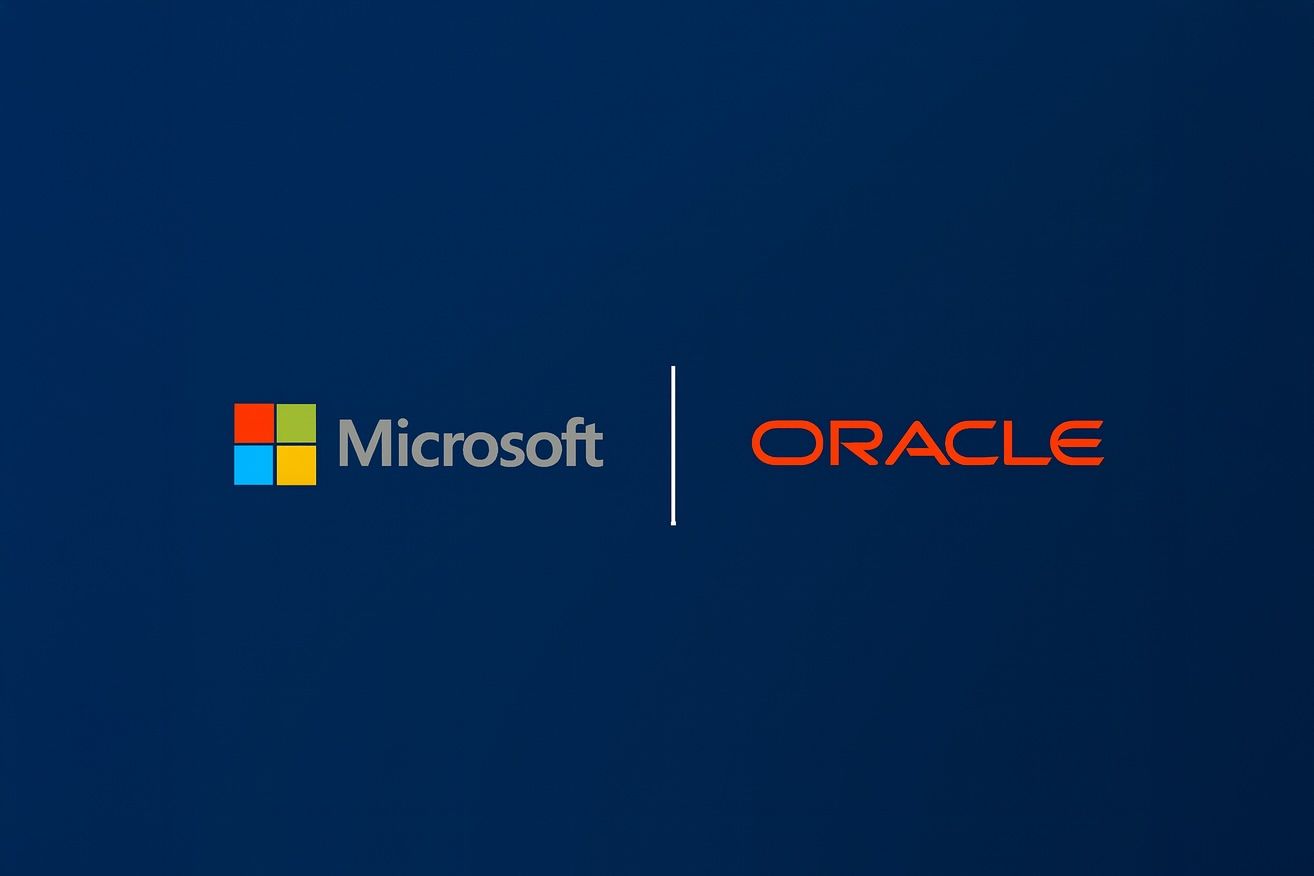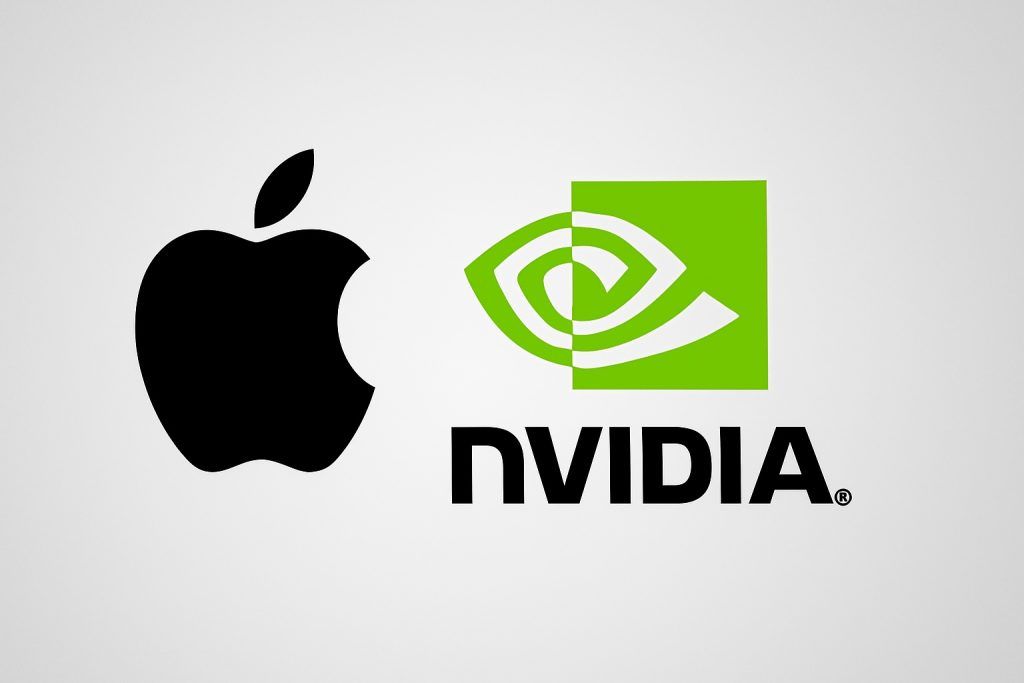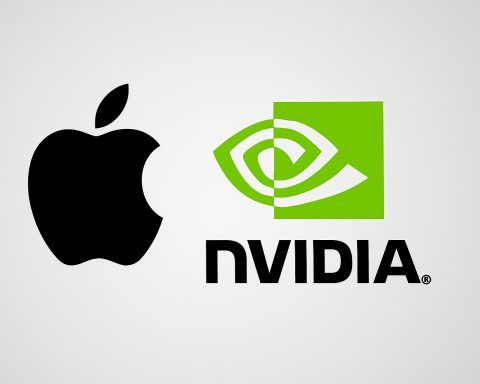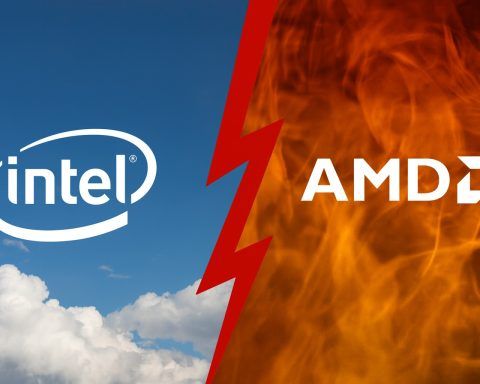Date: November 7, 2025
In the fast-moving world of cloud infrastructure and artificial intelligence (AI), two major players — Microsoft and Oracle — are carving competing paths. Their stock moves, strategies and risk profiles differ markedly. This article takes a detailed look at both companies as of Nov. 7, 2025: how they have performed this year, what the major catalysts are, and how the investment case stacks up.
Microsoft: Staying the Course with Cloud + AI
What Microsoft delivered:
- For its fiscal Q1 2026 (ended Sept. 30, 2025) Microsoft reported revenue of about US $77.7 billion, up ~18% year-on-year. [1]
- Earnings per share (adjusted) were about US $4.13, beating consensus estimates. [2]
- Commercial remaining performance obligations (RPO) reached US $392 billion, up ~51% year-on-year, giving future revenue visibility. [3]
- Azure and other cloud services grew ~40% in the quarter. [4]
- Microsoft also warned that it remains capacity-constrained for AI infrastructure — e.g., GPUs, data‐center power and space are tight. [5]
What stands out:
Microsoft has a broad base: strong cloud growth, durable productivity/business software revenue, and a massive backlog of commitments that support multi-year visibility. The risks: heavy capital expenditures for AI infrastructure and the challenge of converting those large AI investments into robust margin expansion.
Oracle: The High-Beta AI/Backlog Play
What Oracle delivered:
- For its fiscal Q1 2026 (ended Aug. ‘25), Oracle reported revenue of US $14.9 billion (+12% YoY) and cloud revenue of US $7.2 billion (+28% YoY). [6]
- Its remaining performance obligations (RPO) exploded ~359% year-on-year to US $455 billion, driven by four multibillion-dollar contracts with three different customers. [7]
- Analysts dubbed this backlog “eye-popping,” and Oracle’s stock rallied strongly on the news. [8]
What stands out:
Oracle has positioned itself as a fast-rising believer in the AI infrastructure wave: signing large deals, expanding cloud data-center footprint, and using its legacy database business as a springboard. The opportunity is large — but so are the execution risks: can it build out capacity, maintain profitability pressure, turn backlog into revenue on time?
Comparative View: Strengths & Risks
| Factor | Microsoft | Oracle |
|---|---|---|
| Scale & diversification | Massive; Azure + productivity + enterprise apps | Smaller cloud share but legacy database + enterprise strength |
| Growth rate | ~18% revenue growth in Q1 FY26; cloud ~40% | ~12% overall revenue growth; cloud ~28%; RPO up ~359% |
| Backlog / future visibility | RPO ~US$392 billion (51% growth) | RPO ~US$455 billion (359% growth) |
| Risk profile | Stronger balance sheet, more diversified | Higher execution risk, large capex, heavy backlog reliance |
| Valuation concerns | Premium already due to size, growth | Potentially higher upside – but also higher risk |
| Strategic advantage | Deep cloud + productivity ecosystem + AI investments | Leveraging database heritage + multicloud + AI-specific infrastructure deals |
What to Watch for in the Near Term
- Capacity constraints: Both companies are actively expanding data-center, GPU and infrastructure capacity. Being behind the curve could hamper growth.
- Free cash flow & capital expenditure: Heavy AI investments mean large capex outlays. Oracle in particular may face margin pressure while it builds out.
- Contract execution: For Oracle especially, the backlog is only meaningful if turned into revenue on schedule with good margins.
- Competitive moats and differentiation: Microsoft’s ecosystem is broad and deep; Oracle’s bet is more concentrated around cloud/AI infrastructure and database infra.
- Valuation discipline: With high expectations baked in (especially for Oracle), any disappointment could have outsized effect.
My Verdict
If I were to pick: Microsoft feels like the steadier compounder — large scale, diversified, strong backlog, and proven execution. Oracle feels like the more speculative “shoot-for-the-stars” candidate: the upside is bigger if it executes flawlessly, but the risk of slipping is meaningful.
For a long‐term, lower‐risk investor, Microsoft may be the safer bet. For a higher‐risk, higher‐reward investor focused on the AI infrastructure surge and comfortable with execution risk, Oracle might be the interesting swing play.
Final Thoughts
2025 has been a story of cloud + AI-infrastructure arms-race. Microsoft is running the marathon; Oracle might be sprinting ahead — but must maintain the pace. Both will likely continue to be winners in the race, but the question is which risk profile suits you as an investor.
Disclosure: This article is for educational/informational purposes only and does not constitute investment advice.
If you like, I can pull together detailed valuation multiples, peer comparisons, and scenario analyses for both stocks into 2026+.
References
1. www.marketbeat.com, 2. www.marketbeat.com, 3. www.fool.com, 4. msdynamicsworld.com, 5. www.reuters.com, 6. s23.q4cdn.com, 7. www.oracle.com, 8. markets.businessinsider.com





